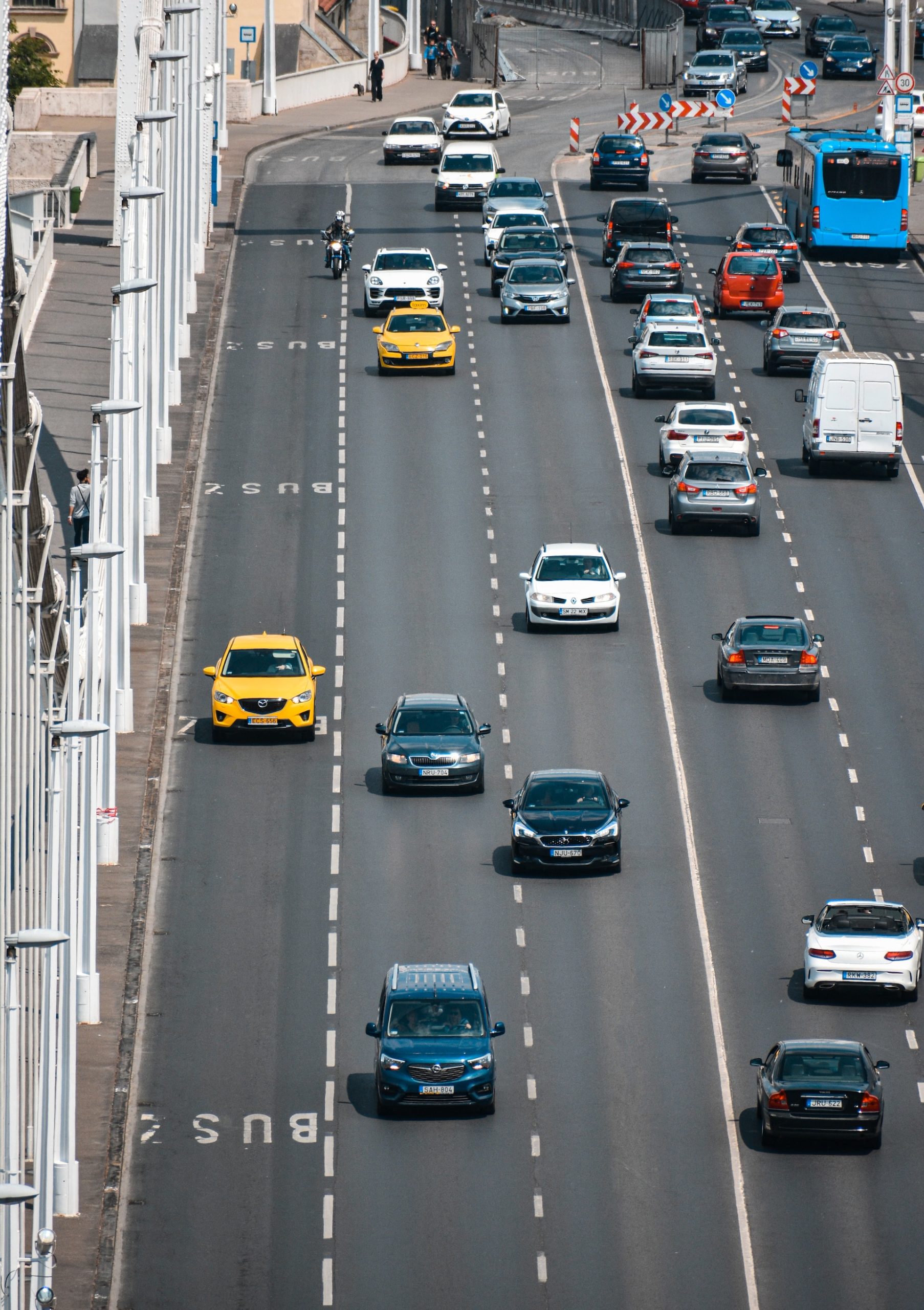In a bid to tackle the ever-growing traffic congestion and environmental concerns, Manhattan is preparing to introduce a bold measure: congestion pricing. Set to commence in April 2024, this controversial policy aims to alleviate gridlock by imposing charges on drivers entering specific zones during peak hours. In this article, we delve into the details of the impending congestion pricing system and examine the challenges and potential benefits it presents for Manhattan’s drivers.
Unraveling Congestion Pricing:
Congestion pricing is a concept that has been successfully implemented in cities around the world, and Manhattan is set to join their ranks. Under this system, drivers will be required to pay a fee when entering designated congestion zones during peak periods. The goal is to encourage drivers to consider alternative modes of transportation, reduce traffic congestion, and improve overall air quality in the city. With the implementation date drawing near, Manhattan drivers are bracing themselves for the financial impact of these charges.
Navigating the Financial Landscape:
The introduction of congestion pricing in Manhattan brings forth financial implications for drivers who rely on private vehicles. As the charges loom on the horizon, drivers are left contemplating the economic impact on their daily commute. With tolls anticipated during peak hours, many are considering alternative transportation options, exploring carpooling, or assessing the feasibility of public transit. The decisions made by drivers will shape the future of traffic patterns and the success of congestion pricing.
Potential Benefits and Impact:
Proponents of congestion pricing argue that the system can lead to a multitude of benefits beyond reducing congestion. By discouraging unnecessary vehicle usage during peak hours, traffic flow can improve, reducing travel times and enhancing road safety. Furthermore, the revenue generated from congestion pricing can be reinvested in public transportation infrastructure, providing commuters with improved options and encouraging a modal shift away from private vehicles. However, the success of these potential benefits relies on effective implementation and adequate alternatives to driving.
Addressing Equity and Accessibility:
Critics of congestion pricing express concerns over potential inequity, as low-income individuals who heavily rely on driving may face an undue burden. Addressing these equity issues is vital to ensuring that congestion pricing does not disproportionately impact certain demographics. City officials must prioritize developing a comprehensive plan that considers the needs of all residents, including those with limited access to public transportation or who rely on vehicles for employment.
Public Perception and Engagement:
The introduction of congestion pricing has sparked debates and garnered differing opinions among Manhattan residents and stakeholders. Public perception will play a crucial role in the success and acceptance of this policy. Open and transparent communication from authorities is necessary to inform the public about the rationale behind congestion pricing, its potential benefits, and the steps being taken to address concerns and minimize unintended consequences.
Conclusion:
As the clock ticks toward April 2024, Manhattan drivers are on the cusp of a significant change with the impending launch of congestion pricing. This policy aims to alleviate traffic congestion, reduce carbon emissions, and improve the overall livability of the city. However, challenges lie ahead, including ensuring equity, providing viable alternatives, and garnering public support. The implementation of congestion pricing is a transformative step in reshaping Manhattan’s transportation landscape, and its success hinges on careful planning, effective communication, and a willingness to adapt as new insights arise.











